
Roots
Consider for a moment the very strands that grace our crowns, each a living testament to journeys spanning epochs, carrying the wisdom of those who came before us. For souls with textured coils and kinks, this inheritance runs particularly deep, etched into the very helix of our being. Our hair is more than mere protein; it serves as an archive, holding the whispers of ancestral hands, the memory of sun-drenched rituals, and the resilience of a heritage shaped by the earth itself. Today, as we gaze upon the golden elixir known as argan oil, we are not simply beholding a modern beauty ingredient.
We are connecting with a lineage, tracing its golden lineage back to the arid landscapes of Morocco, to the Amazigh women who, for centuries, have understood its profound connection to flourishing life and radiant hair. Their practices form a vibrant part of the enduring story, a story where the essence of a tree became a cherished ally in preserving the vitality and beauty of textured hair.
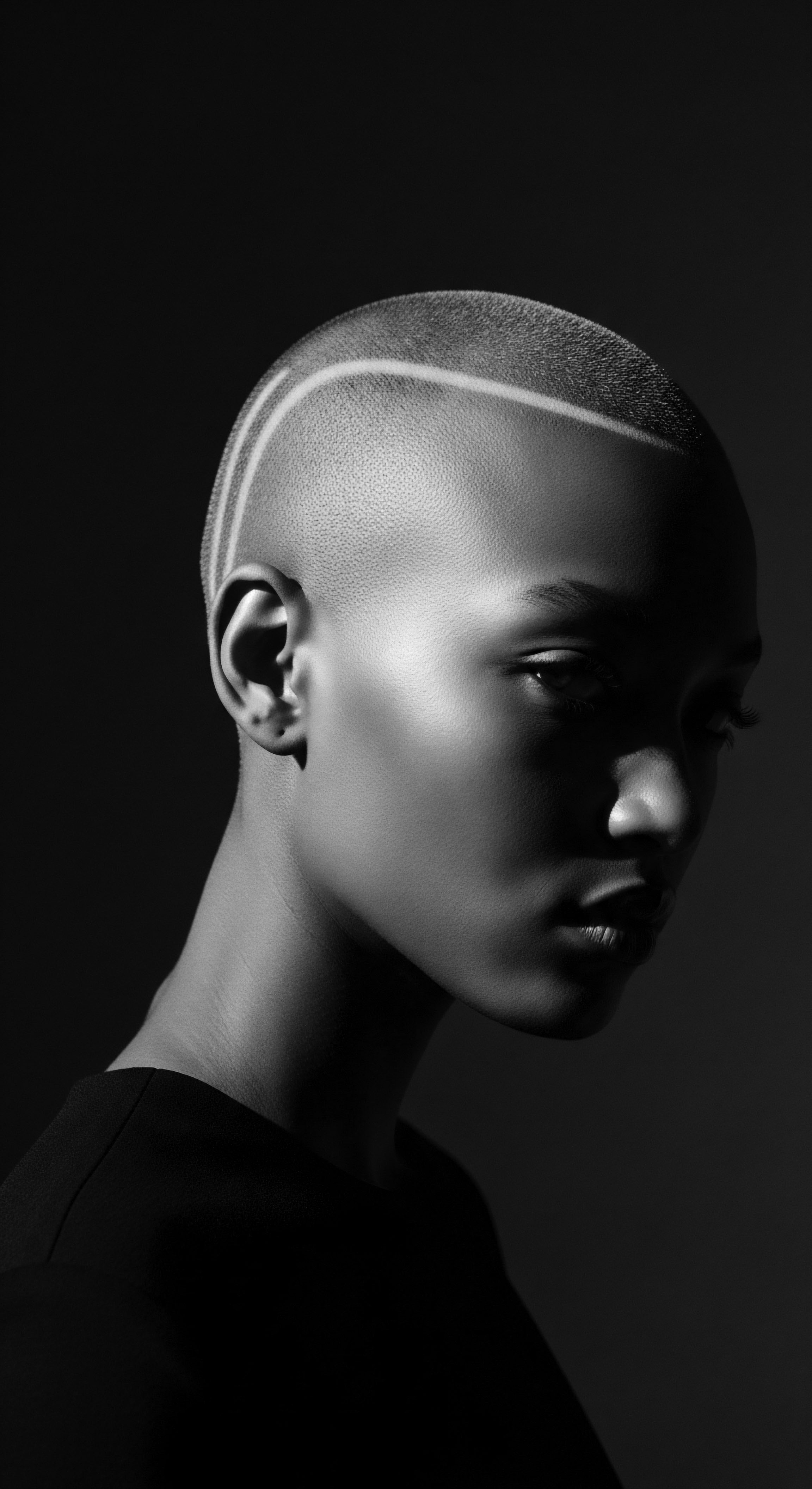
Hair’s Intrinsic Design And Its Heritage Echoes
The unique architecture of textured hair, with its elliptical cross-section and numerous bends, naturally presents a distinct challenge to moisture retention. Unlike straighter strands, the cuticle layers of coiled hair do not lie as flat. This creates more opportunities for moisture to escape, leaving the hair susceptible to dryness and mechanical stress. Our ancestors, observant and intimately connected to their environments, certainly recognized these inherent properties, even without modern microscopes or chemical analyses.
Their traditional methods of hair care often centered on the application of natural oils and butters, intuitively addressing the need to lubricate the strands and seal water within. The use of certain plant extracts or the crafting of specific formulations speak to an inherited understanding of what hair requires to thrive amidst varying climates and daily life. Argan oil, extracted from the kernels of the Argania Spinosa tree, enters this narrative not as a new discovery, but as a rediscovered ancestral gem. Its molecular structure, rich in oleic and linoleic acids, provides a protective sheath around each strand, effectively reducing water loss. This is a scientific validation of an ancient practice ❉ applying emollients to shield delicate, dry hair.
The Amazigh women, custodians of the argan tree and its gifts, developed a meticulous process for extracting the oil. This was often a communal endeavor, a rhythmic task echoing through generations, strengthening both the hair and the bonds of sisterhood. They observed that hair treated with this golden oil exhibited a remarkable suppleness and resistance to the harsh desert sun and winds.
This observation aligns with contemporary scientific findings. Argan oil’s vitamin E content, composed of tocopherols, acts as a potent antioxidant, neutralizing free radicals that can damage hair proteins and lipids, thereby bolstering its natural resilience against environmental assault.
The history of textured hair care reveals an ancestral wisdom in moisture preservation, anticipating modern scientific understanding through intuitive practice.
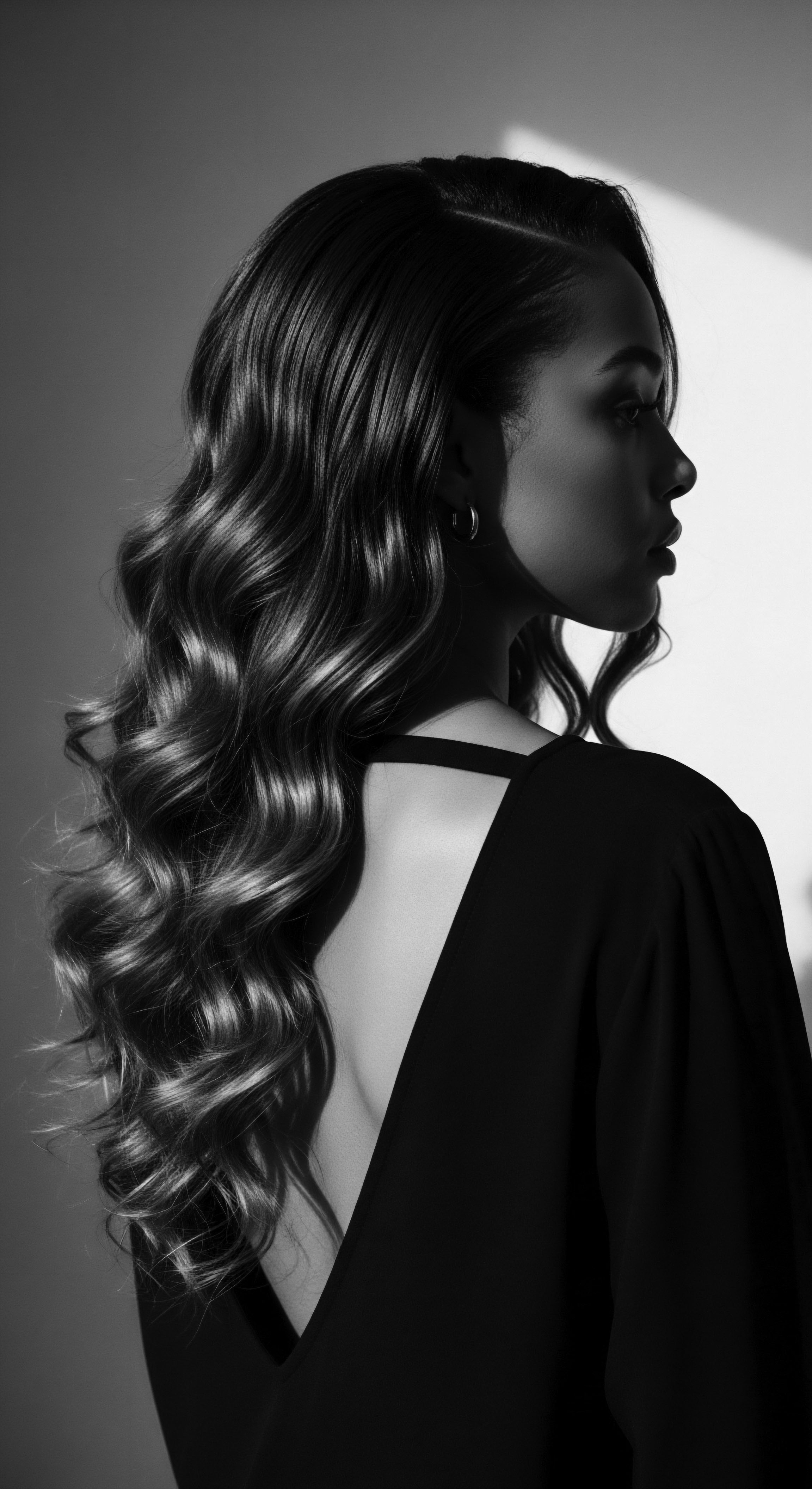
The Language of Hair’s Texture
The nomenclature for textured hair, while evolving in modern times with numerical and alphabetical systems, finds older roots in descriptive terms that spoke to visual characteristics and styling potential. These historical descriptors often linked hair to natural phenomena or the skilled artistry of hands. Understanding the essential lexicon of textured hair means recognizing both its inherent variations and the cultural expressions that have defined it through the ages.
- Coil ❉ Refers to hair that forms tight, spring-like spirals, often with a discernible pattern.
- Kink ❉ Describes hair with very tight, zig-zag bends, where the curl pattern may be less defined.
- Texture Memory ❉ The ability of hair to retain a specific shape, a quality often enhanced by certain historical conditioning methods and natural oils like argan.

How Does Argan Oil Interact With Hair’s Fundamental Structure?
To grasp argan oil’s efficacy, one must consider the hair strand itself. Each hair fiber consists of a central medulla (often absent in finer hair), a robust cortex that provides strength and color, and an outermost protective layer, the cuticle. This cuticle comprises overlapping scales, similar to shingles on a roof. In textured hair, these scales tend to be naturally lifted at the bends and curves, creating pathways for moisture loss.
When argan oil is applied, its particular fatty acid profile allows it to coat the cuticle, smoothing these scales and forming a hydrophobic barrier. This barrier lessens the rate at which water evaporates from the hair shaft, thus locking in hydration. Oleic acid and linoleic acid, prevalent in argan oil, are particularly effective in this sealing action, contributing directly to improved moisture retention.
| Component Focus Moisture Retention |
| Ancestral Understanding (Heritage Context) Recognized through touch and appearance; achieved by applying natural oils, clays, and butters to prevent dryness in harsh climates. |
| Scientific Elucidation (Modern Context) Hydrophobic lipids (fatty acids like oleic, linoleic) coat the cuticle, reduce water diffusion, and lower hygral fatigue. |
| Component Focus Hair Strength |
| Ancestral Understanding (Heritage Context) Observed as less breakage during styling and handling, linked to regular oiling and specific braiding practices. |
| Scientific Elucidation (Modern Context) Antioxidants (Vitamin E) combat oxidative stress, protecting keratin structure and increasing elasticity, leading to less breakage. |
| Component Focus Scalp Health |
| Ancestral Understanding (Heritage Context) Maintained with herbal washes, oil massages, and cleansing clays to promote growth and soothe irritation. |
| Scientific Elucidation (Modern Context) Anti-inflammatory compounds and fatty acids calm irritation, balance sebum, and support a healthy follicular environment. |
| Component Focus The journey of argan oil from ancient Moroccan groves to global hair care reveals a continuous thread of protective wisdom for textured strands. |
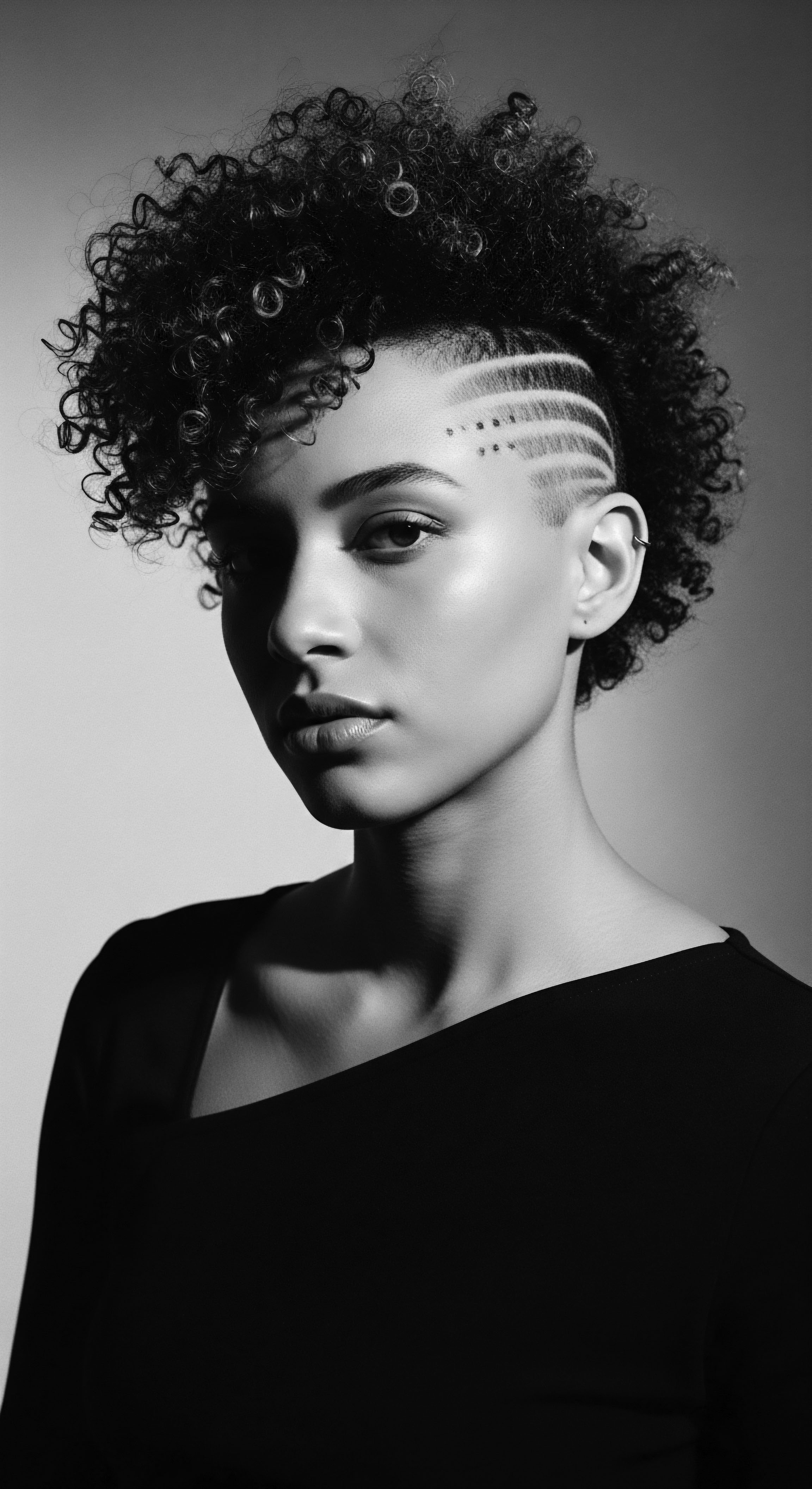
Ritual
Hair care, for countless generations across the African diaspora, has never been a mundane chore. It exists as a ritual, a sacred practice interwoven with identity, community, and the stories carried within each family. The techniques, the tools, the very transformation of hair into sculpted expressions of self have echoed through time, shaping a legacy of intricate beauty.
Within this rich tapestry of tradition, natural oils, and especially those with the qualities of argan, hold a place of honor, their application a tender gesture passed from elder to child, from stylist to client. They are the unseen hands aiding in the preservation of heritage, making possible the styles that speak volumes without uttering a sound.
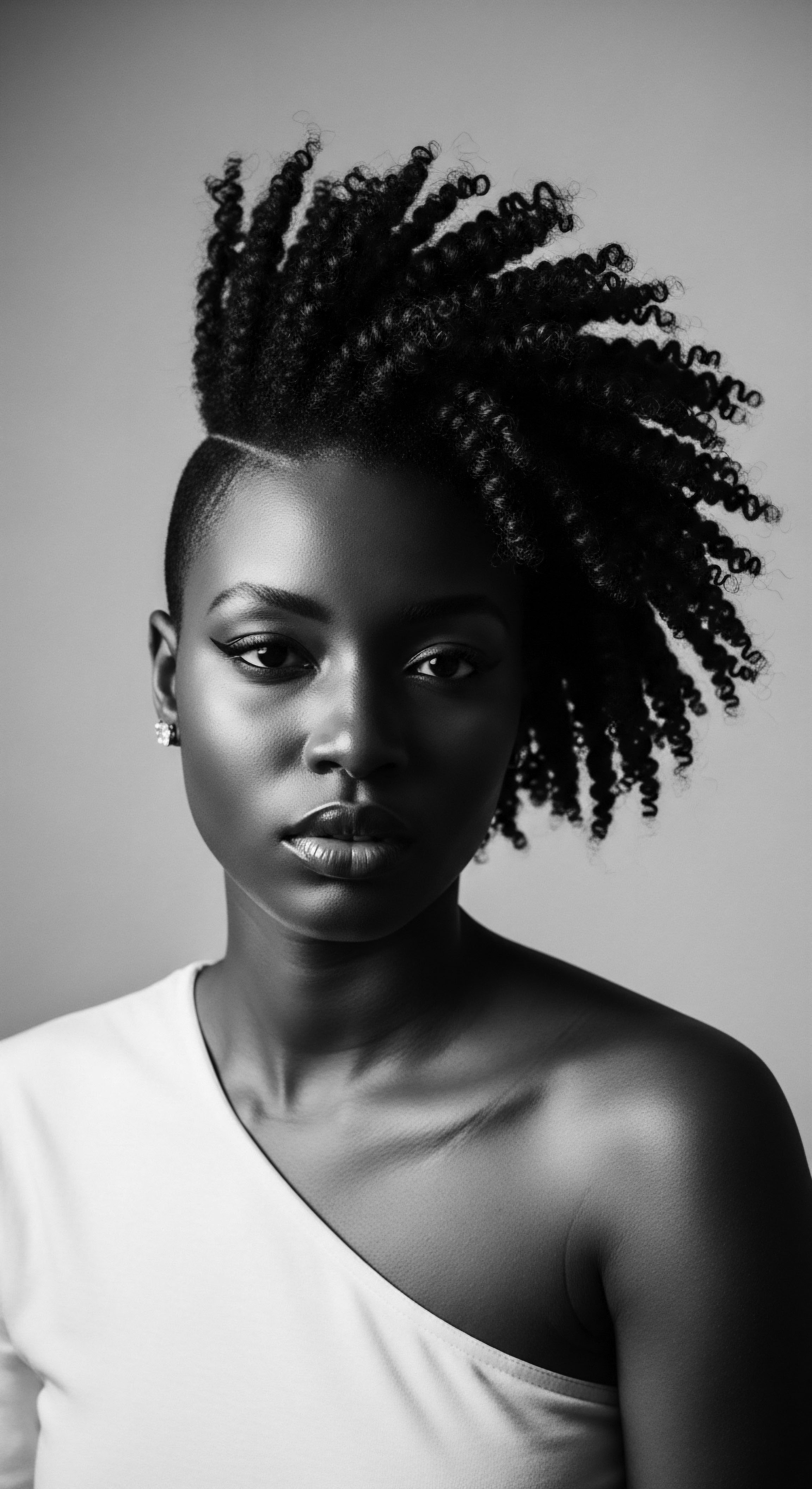
Argan’s Ancient Role in Hair Adornment
Consider the long history of protective styling, from the elaborate cornrows of West Africa to the coiled artistry of Southern African communities. These styles were not merely aesthetic choices; they were often functional, protecting the hair from the elements, promoting growth, and signifying social status or marital standing. Preparing the hair for such intricate work demanded conditioners that would allow for flexibility, reduce friction, and provide a lasting sheen. Oils, derived from local botanicals, were paramount.
Argan oil, hailing from North Africa, played this exact role for the Amazigh. It provided a lubricious quality, allowing hair to be manipulated without undue stress, lessening the likelihood of breakage during the creation and removal of protective styles.
The unique composition of argan oil, particularly its balance of fatty acids and high vitamin E content, contributed to its efficacy in these practices. Its lighter texture, compared to some heavier butters, allowed it to absorb without leaving excessive residue, a desirable quality for styles that could remain in place for weeks or months. This traditional wisdom of using argan oil to prep and maintain braided or twisted styles directly addresses the core question of moisture retention and resilience. Hair that is well-oiled before braiding holds moisture better within the protective style, preventing the dryness and brittleness that can lead to damage upon unraveling.
Traditional styling, a testament to ancestral ingenuity, relies on enriching balms to sustain hair’s integrity across time.
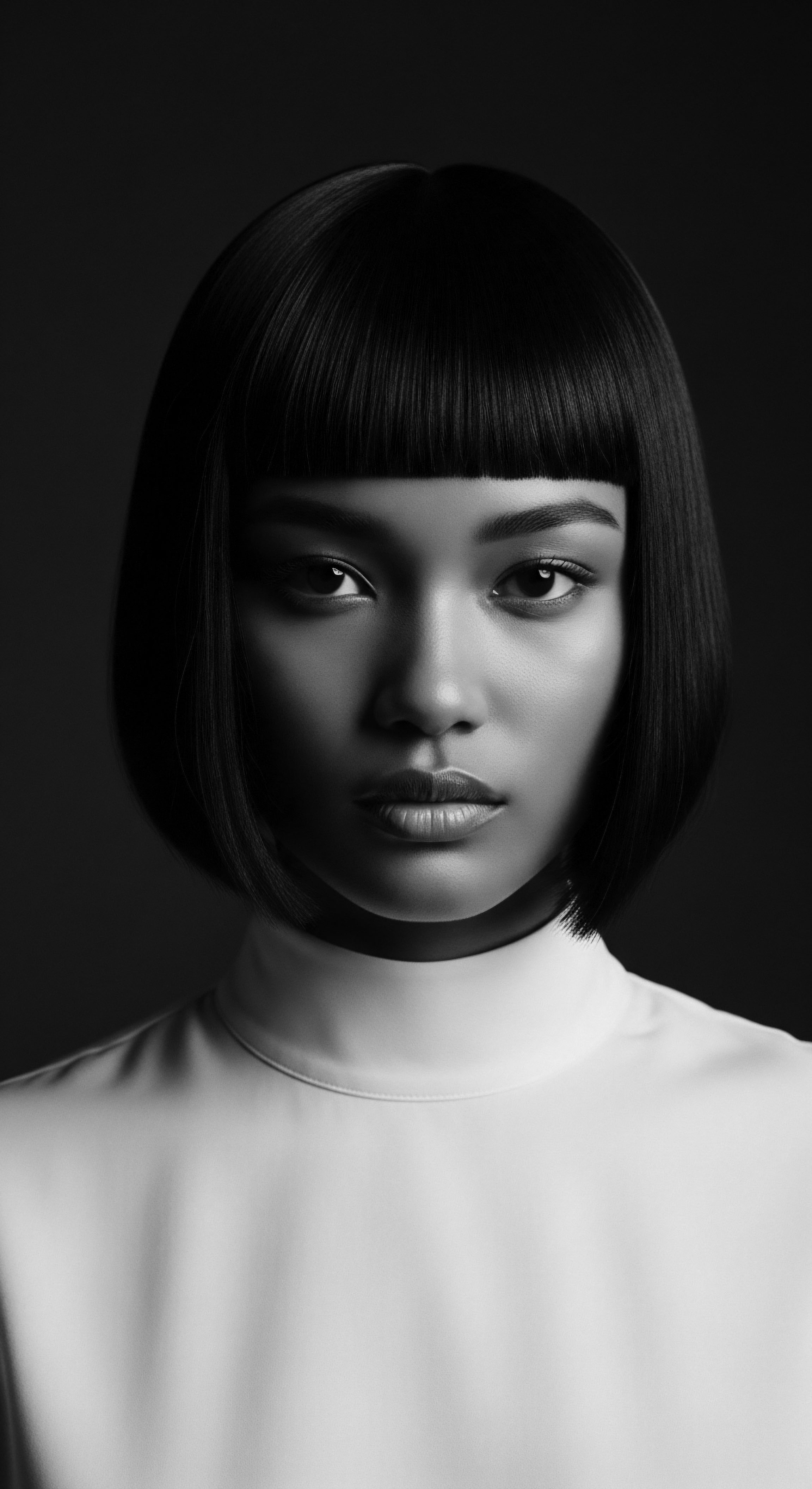
Shaping Strands With Ancestral Wisdom
The techniques for defining natural texture have always been diverse, from finger coiling to twisting and braiding. Historically, these methods were combined with natural conditioners to enhance definition and longevity. Argan oil, applied to damp hair, can assist in forming and holding curls by reducing frizz, allowing the natural pattern to coil with greater cohesion. This is because the fatty acids within the oil smooth the cuticle, reducing water absorption from the environment and therefore minimizing swelling and subsequent frizz, a common challenge for textured hair in humid conditions.
Even with the rise of modern heat styling, a practice that can severely compromise hair’s structural integrity, ancestral principles of protection remain relevant. While not historically used with flat irons or blow dryers in the way we use them today, the concept of a heat barrier is implicit in the traditional use of oils before sun exposure or drying by firelight. Argan oil, with its stable composition and antioxidant properties, offers a measure of thermal protection in contemporary contexts, helping to shield hair from the drying effects of heated tools.
A critical aspect of historic hair care involved creating tools from natural materials—bones, wood, shells—each designed for specific tasks. These ancestral tools were often paired with natural emollients.
- Wooden Combs ❉ Crafted for gentle detangling, preventing excessive pulling, often coated with oils to glide through strands.
- Bone Picks ❉ Used for parting and lifting hair, minimizing breakage, especially on delicate textures.
- Natural Brushes ❉ Made from fibers or animal hair, used for smoothing and distributing natural oils from the scalp along the hair shaft.

The Toolkit ❉ Echoes of Hands Past
The tools of hair adornment, whether ancient or contemporary, serve as extensions of the caretaker’s hands. They are the conduits through which care is administered, styles are shaped, and legacies continue. For textured hair, the right tools, combined with nourishing substances, spell the difference between breakage and flourishing strength.
| Tool Category Detangling |
| Traditional Tools (Pre-20th Century) Wide-toothed wooden or bone combs, fingers. |
| Modern Equivalents/Enhancements and Argan Oil's Benefit Wide-toothed plastic or silicone combs, detangling brushes. Argan oil provides slip, making detangling easier and reducing mechanical damage. |
| Tool Category Application |
| Traditional Tools (Pre-20th Century) Hands, smoothed stones, leaves for applying mixtures. |
| Modern Equivalents/Enhancements and Argan Oil's Benefit Applicator bottles, scalp massagers, hands. Argan oil spreads evenly, allowing for targeted application to strands and scalp. |
| Tool Category Shaping |
| Traditional Tools (Pre-20th Century) Fingers, braiding needles, hair pins from natural materials. |
| Modern Equivalents/Enhancements and Argan Oil's Benefit Styling gels, creams, hair ties. Argan oil enhances natural curl patterns and reduces frizz, supporting defined styles. |
| Tool Category From ancient wood to contemporary plastics, the dedication to careful manipulation of textured hair, often aided by oils like argan, remains a constant. |
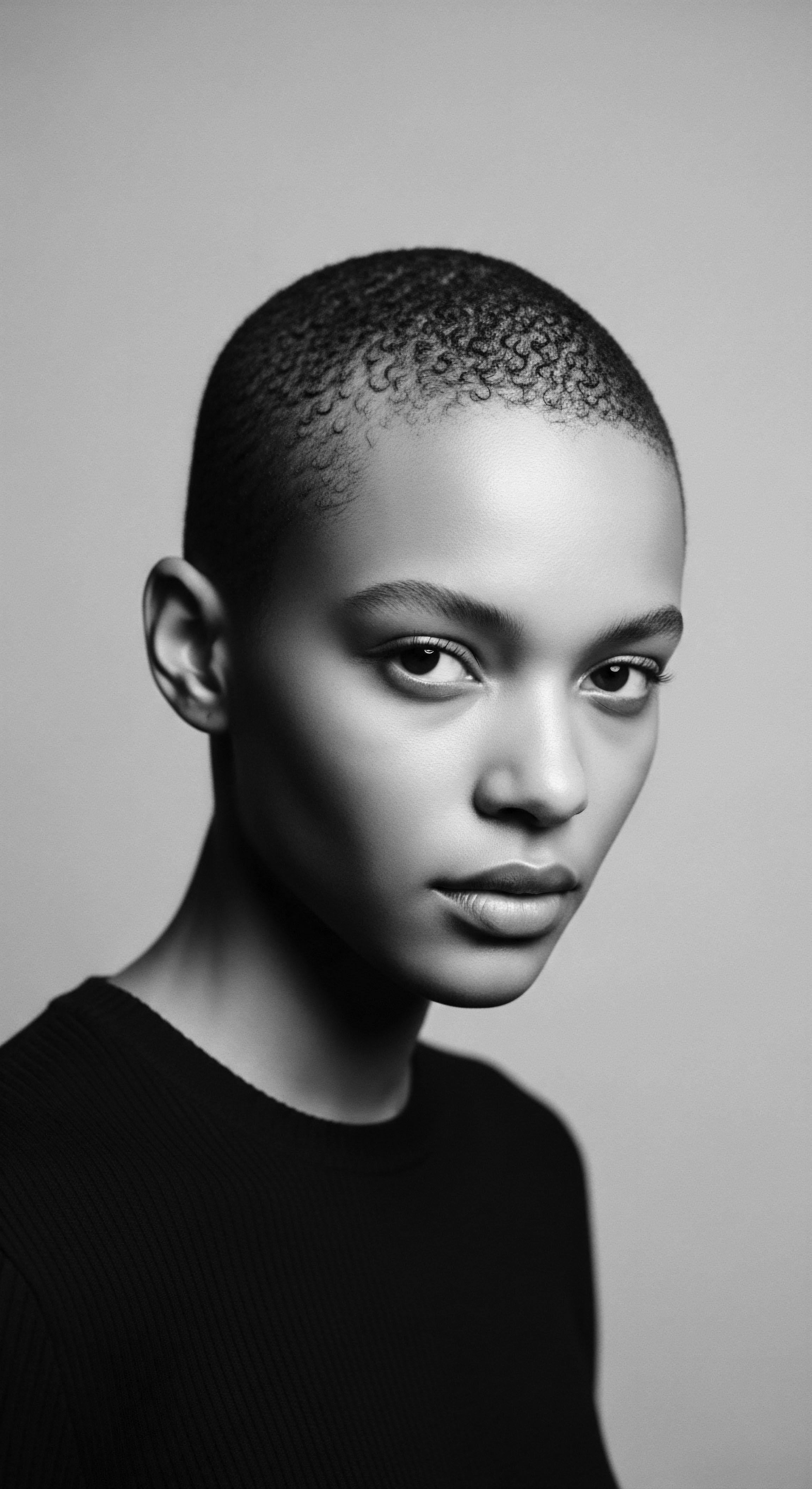
Relay
The well-being of textured hair extends beyond mere aesthetics. It links to a holistic approach to life, mirroring ancestral philosophies where body, spirit, and community intertwine. This profound connection is particularly apparent in the rituals of daily and nightly hair care, practices designed not only to maintain beauty but to preserve vital energy and honor self. Within this ancestral framework, the integration of potent botanical allies like argan oil finds its most resonant expression, speaking to a continuous chain of wisdom passed down through time.
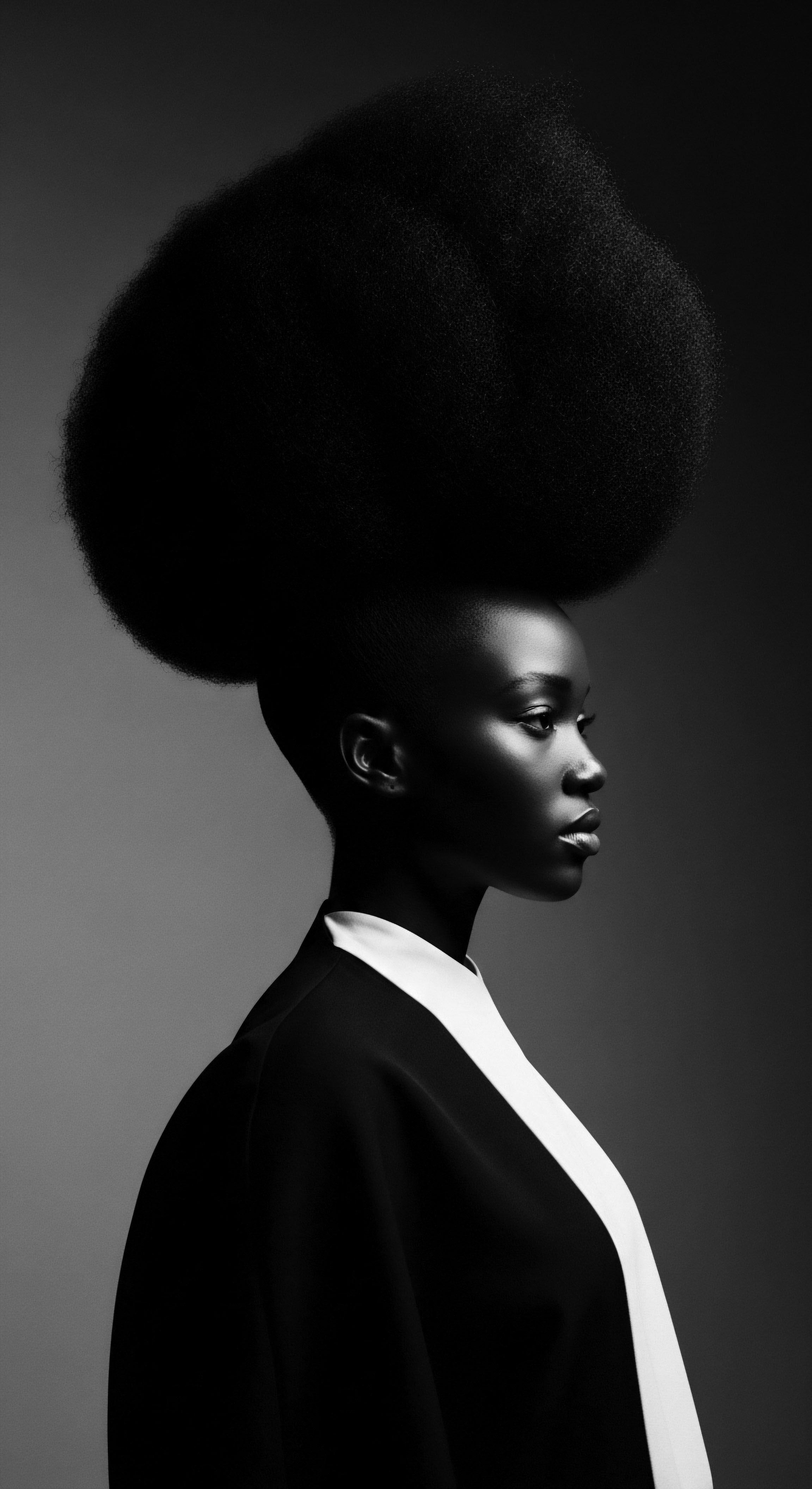
Building Regimens from Ancestral Knowledge
The concept of a structured hair care regimen, while often articulated in modern terms, possesses deep roots in historical practices. Our forebears understood that consistency, gentle handling, and the judicious application of natural resources were key to maintaining strong, healthy hair. These were not rigid schedules but intuitive rhythms of care, shaped by environment, communal custom, and personal need. Argan oil, applied regularly, contributes to building a strong foundation for textured hair.
Its fatty acids create a protective barrier on the hair shaft, effectively sealing in water and minimizing evaporation. This is especially significant for hair types prone to dryness due to their structural characteristics. Research indicates that argan oil’s high content of oleic and linoleic acids contributes to its conditioning properties, helping hair retain moisture. This scientific insight echoes the centuries of observational knowledge held by communities that have long depended on such natural emollients.
The lineage of textured hair care reveals that deep hydration and protection, a cornerstone of ancestral methods, finds a powerful ally in argan oil’s unique composition.
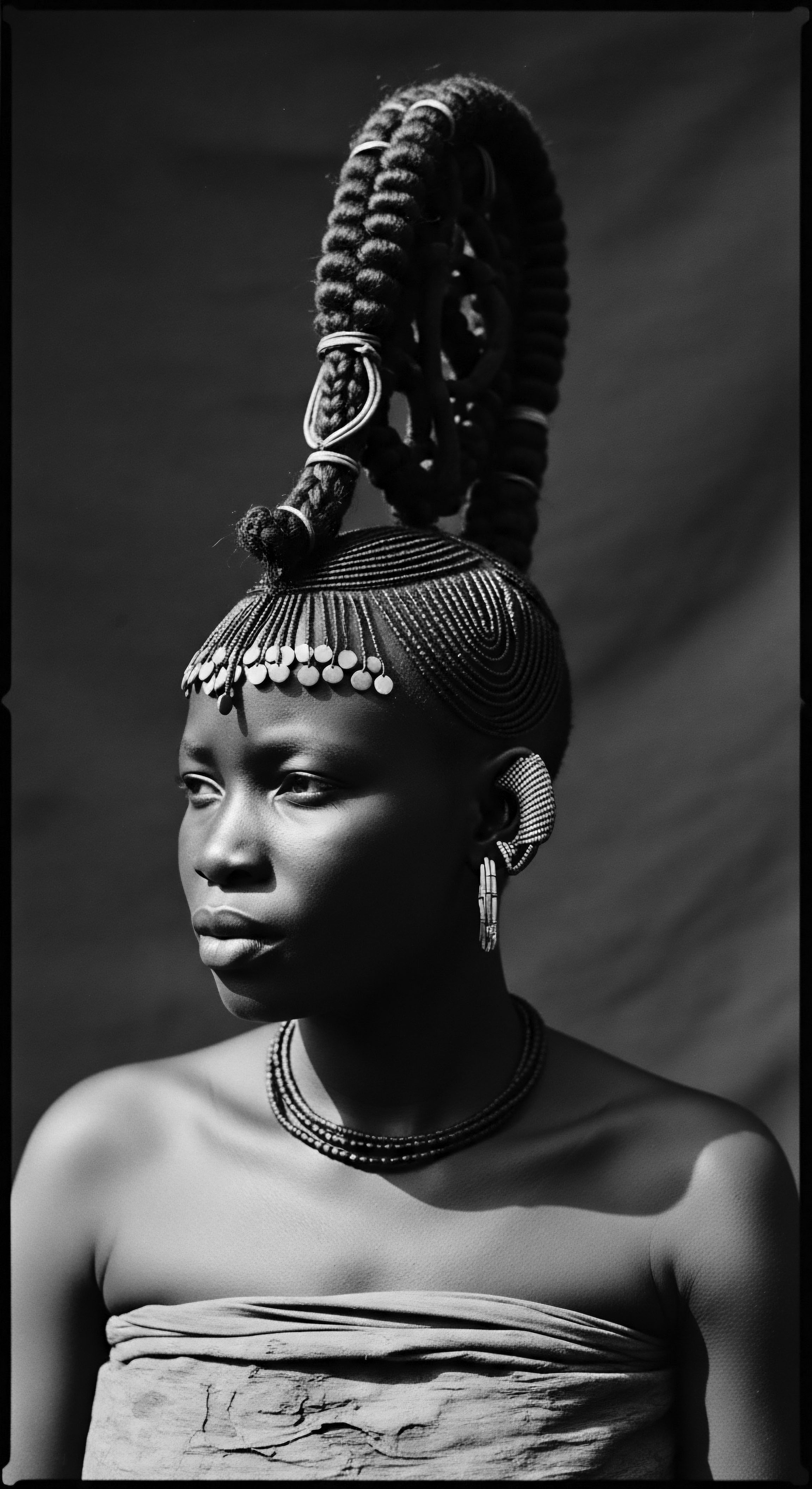
The Nighttime Sanctuary ❉ Bonnet Wisdom and Protective Sleep
The transition from day to night for textured hair carries centuries of intentionality. The practice of covering hair before sleep, a commonplace tradition within Black and mixed-race communities, stems from a wisdom born of necessity. Before satin bonnets and silk scarves became widely available, various head coverings were employed to protect hair from friction against rough sleeping surfaces, preserve styles, and retain precious moisture. This custom speaks to a deep respect for hair’s vulnerability and a proactive approach to its longevity.
Argan oil, applied as part of a nightly ritual, enhances the protective qualities of these coverings. A light application before bedtime allows the oil’s beneficial compounds—such as vitamin E and various fatty acids—to settle into the hair shaft overnight, reinforcing its natural defenses. This practice, especially beneficial for curly and coily textures, helps to:
- Reduce Friction ❉ A thin film of argan oil on the hair’s surface lowers friction against pillowcases, preventing mechanical damage and breakage.
- Preserve Moisture ❉ The oil acts as an occlusive layer, reducing trans-epidermal water loss from the hair strands throughout the night.
- Maintain Style Integrity ❉ By minimizing frizz and preserving curl definition, argan oil extends the life of daytime styles, a practice rooted in efficiency and resourcefulness.
This tradition of nightly hair wrapping, passed down through families, represents not just a practical habit but a quiet act of self-preservation and care for an important aspect of identity. It is a daily reaffirmation of heritage, ensuring that hair remains vibrant and ready for the next day’s expressions.
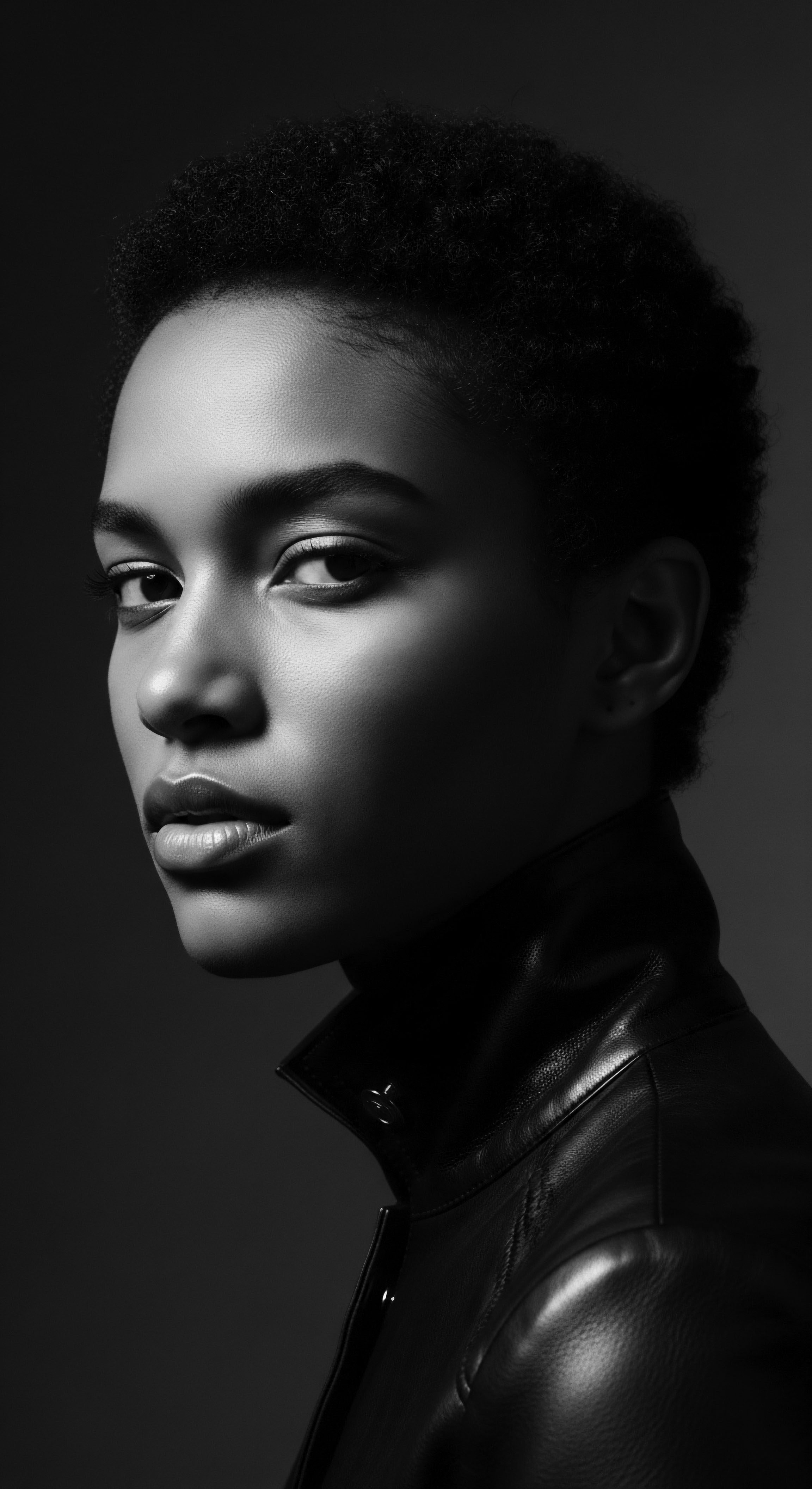
From Earth’s Bounty ❉ Ingredient Insights
Ancestral hair care was a masterclass in ethnobotany, utilizing local plants and their derivatives for their therapeutic properties. Argan oil stands as a prime example of this resourcefulness. Its high concentration of unsaturated fatty acids, approximately 80% (oleic acid 43-50% and linoleic acid 29-37%), is especially beneficial for textured hair. These fatty acids are known to coat the hair shaft, reducing water loss and imparting a smooth, soft feel.
To illustrate the power of traditional knowledge, consider the historical use of argan oil by the Amazigh women of Morocco. For centuries, long before its global recognition, they employed argan oil as a primary hair treatment. This practice was not merely anecdotal; it was a deeply ingrained aspect of their cultural and economic life. Women’s cooperatives, established in the late 20th century, formalized this ancestral knowledge, ensuring fair trade and economic stability while preserving traditional extraction methods.
These cooperatives allowed for the continued application of centuries-old techniques for producing high-quality oil, which was then, as now, used to protect hair from the arid climate, keeping it moisturized and resilient. The enduring practice of using argan oil for its moisturizing qualities in a region known for its dry conditions stands as a powerful testament to the efficacy of ancestral wisdom. Moukal (2024) details the traditional application of argan oil by Amazigh women for moisturizing and nourishing skin and hair, among other uses, highlighting its long-recognized benefits for hair strength and overall vitality.
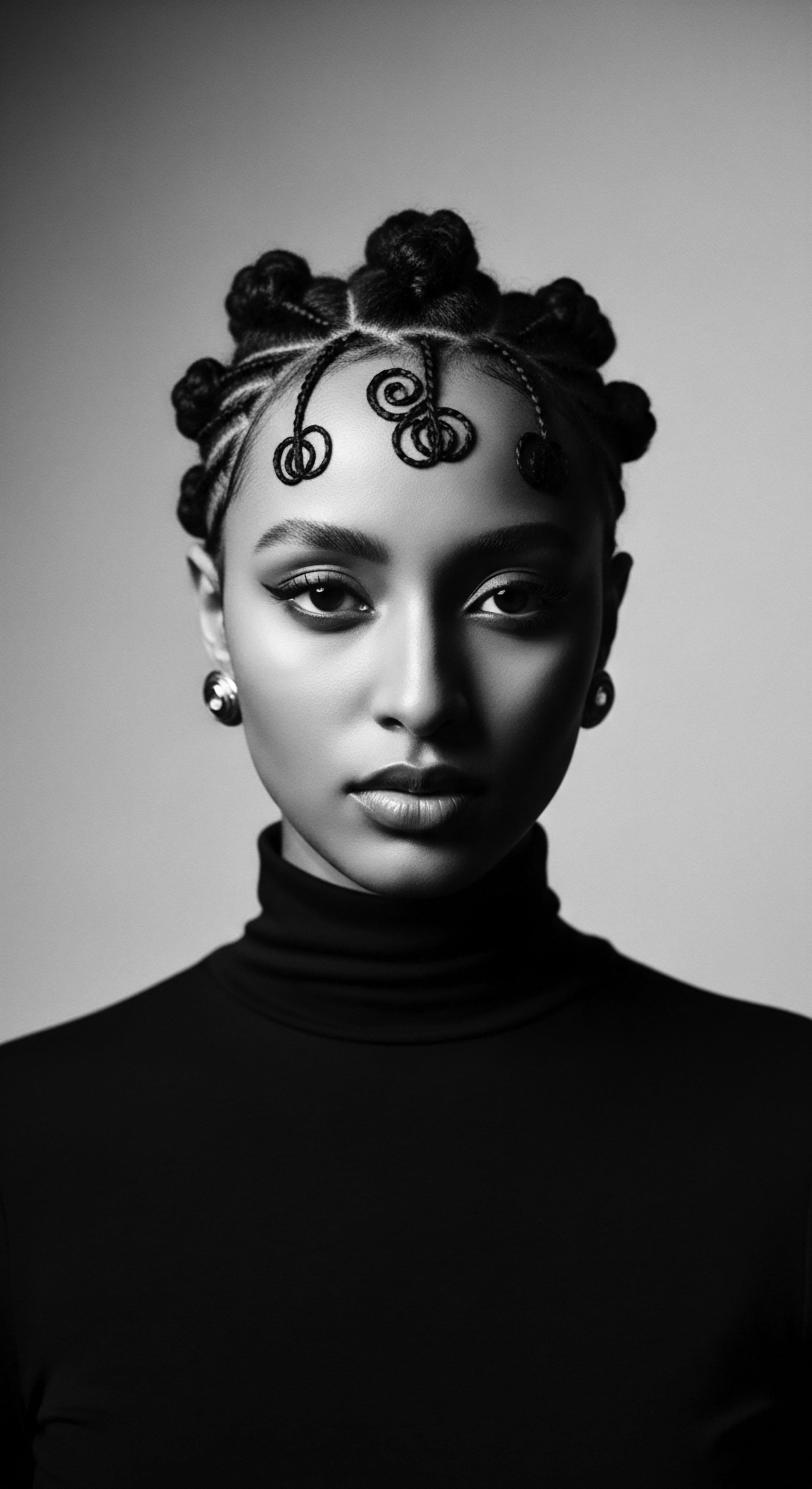
Solving Hair’s Challenges, Past and Present
Textured hair, with its unique structure, often faces challenges such as dryness, breakage, and scalp irritation. Historically, communities developed nuanced remedies from their environment. Argan oil serves as a modern bridge to these ancestral solutions. Its emollient properties address dryness by sealing moisture into the hair, a fundamental need for textured hair.
For breakage, the oil’s ability to coat and strengthen the cuticle, combined with its antioxidant properties, helps guard against daily wear and tear. Scalp health, often overlooked in modern routines, was central to traditional care. Argan oil’s anti-inflammatory characteristics help soothe irritated scalps and combat issues like flakiness, thereby creating a healthier environment for hair growth. These benefits, understood through observation for generations, are now validated by contemporary dermatological and trichological research.
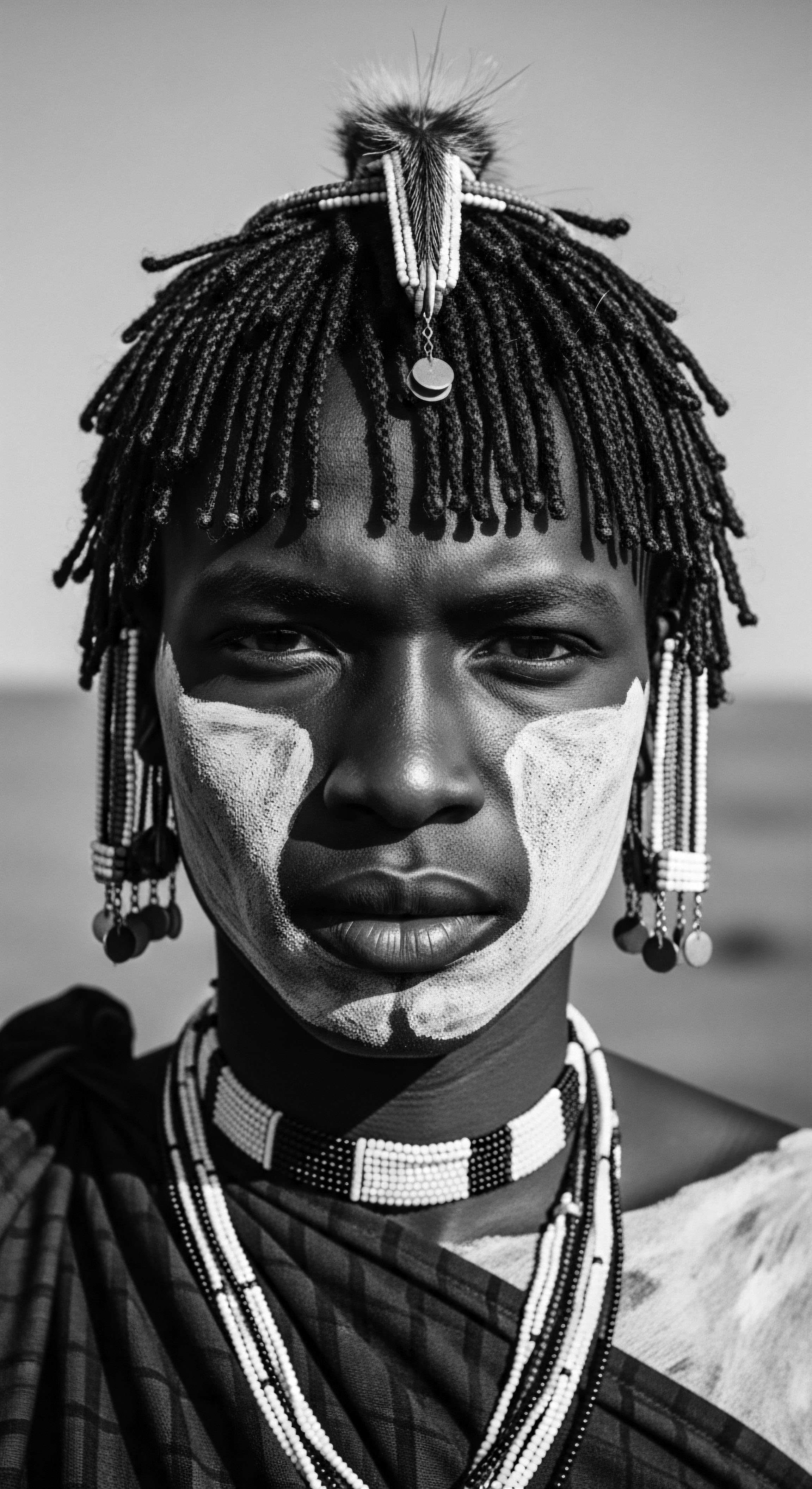
What Ancestral Wellness Philosophies Shape Hair Health Today?
The connection between hair health and overall well-being is a concept deeply embedded in many ancestral wellness philosophies. Hair was often seen as a conduit for spiritual energy, a symbol of strength, vitality, and connection to one’s lineage. Care practices were therefore viewed as acts of reverence for the self and one’s heritage. This holistic perspective views the health of hair not in isolation but as a reflection of internal balance—nutritional intake, stress levels, and emotional harmony.
For instance, traditional African medicine often integrates dietary practices and mindful living with external applications. The regular application of nourishing oils, coupled with a diet rich in essential nutrients, was believed to contribute to hair’s vibrancy from within. This principle aligns with argan oil’s profile; while externally applied, its historical significance speaks to an approach that considers the whole individual.
When we use argan oil on our textured hair, we are not just addressing a cosmetic concern. We are participating in a long-standing tradition of caring for hair as a living, breathing extension of our identity and a keeper of our collective memory.
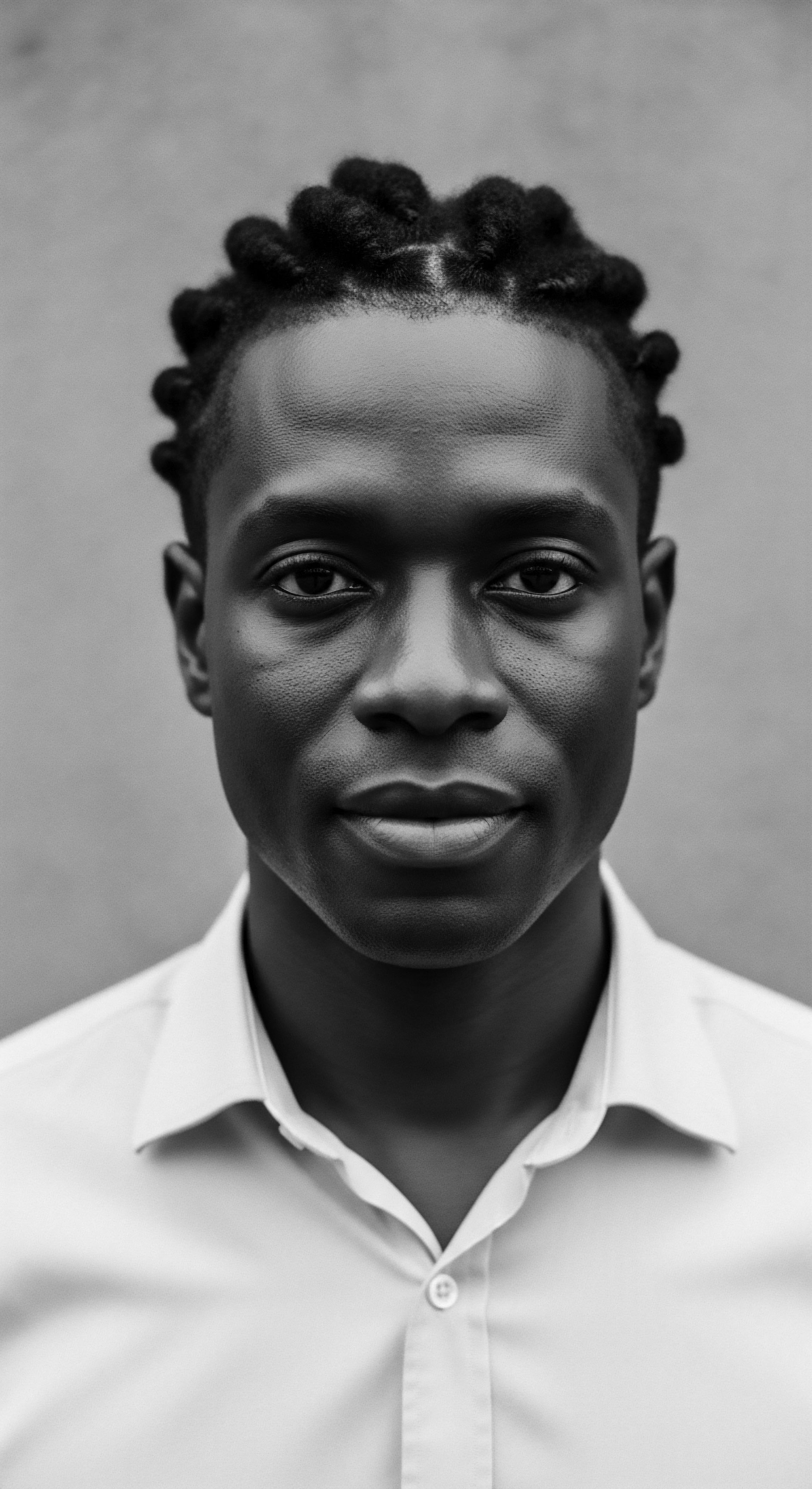
Reflection
The journey into argan oil’s ability to enhance textured hair’s moisture retention and resilience ultimately leads us back to a profound truth ❉ our hair is a living archive. Every coil, every kink, every strand holds a story, a memory, a legacy woven through time. The golden balm, cultivated and cherished by Amazigh hands for centuries, offers us more than just cosmetic benefits. It serves as a tangible link to an ancestral past, a testament to the enduring ingenuity and wisdom of those who understood the language of the earth and the needs of their crowning glory.
As we apply argan oil to our hair today, we are not merely performing an act of self-care; we are partaking in a sacred continuum. We honor the traditions, acknowledge the resilience of our heritage, and celebrate the vibrancy that continues to shine forth from the soul of each strand. The conversation around textured hair care is therefore a dialogue across generations, a perpetual offering of nourishment and recognition for a beauty that stands defiant against time, rooted in the very essence of who we are.

References
- Charrouf, Z. & Guillaume, D. (2008). Argan oil ❉ cosmetic and therapeutic applications. Journal of Nutrition, 138(9), 1676-1681.
- El Monfalouti, H. et al. (2021). Ethnobotany, phytochemistry and biological properties of Argan tree (Argania spinosa (L.) Skeels) (Sapotaceae) – A review. Journal of Ethnopharmacology, 281, 114528.
- Moukal, A. (2024). Insights on Phytochemistry and Pharmacological Properties of Argania spinosa L. Skeels ❉ A Comprehensive Review. ACS Omega, 9(32), 33319–33333.
- Faria, A. et al. (2013). Hair cosmetic formulations with Argania spinosa oil and other vegetable oils. Journal of Cosmetic Science, 64(4), 263-270.
- Boucetta, K. et al. (2014). Skin hydration in normal and diabetic mice ❉ effects of Argan oil. British Journal of Dermatology, 171(5), 1085-1087.
- Charrouf, Z. & Guillaume, D. (2011). Argan oil and other argan products ❉ Use in dermocosmetology. European Journal of Lipid Science and Technology, 113(4), 403-408.
- Charrouf, Z. & Guillaume, D. (2014). Argan oil, the liquid gold of Morocco. In Exotic Oils (pp. 23-42). AOCS Press.
- Guillaume, D. & Charrouf, Z. (2011). Argan oil. In Nuts and Seeds in Health and Disease Prevention (pp. 129-136). Academic Press.
- Miklavcic, M. et al. (2020). Argan Oil as a Source of Bioactive Compounds. Molecules, 25(16), 3749.
- Zoubaida, A. et al. (2008). Chemical composition and antioxidant properties of Argan oil. European Journal of Lipid Science and Technology, 110(1), 74-81.
